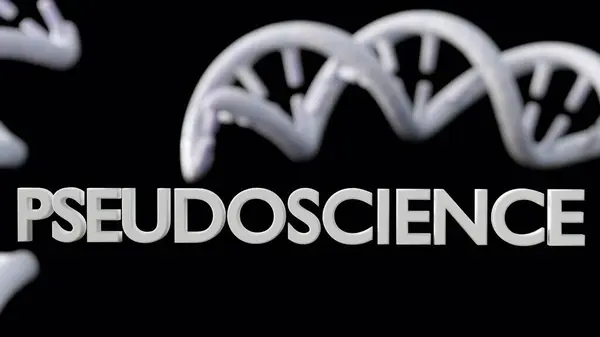
Think you can “boost” your immune system with some magic tea or that your tongue contains a map of various tastes? Surprise: both are complete myths. Pseudoscience has a tendency to creep into life unobserved, usually draped in science-sounding jargon or supported by a charming “expert” on the internet. The outcome? Concepts sounding “known” and factual, but breaking down when put under actual scientific examination.
From viral TikTok health hacks to ancient adages handed down like heirlooms, these myths can be remarkably persistent. As clinical psychologist and author of *Mind the Science*, Dr. Jonathan Stea, points out, misinformation typically “has a grain of truth” but over-simplifies or misrepresents it in a way that’s not accurate. The good news? With an understanding of the red flags and the actual science, you can scroll, sip, and share with confidence.
Here are nine common “facts” that science claims you can safely dump in the recycling bin along with the evidence-based reality you can rely on instead.
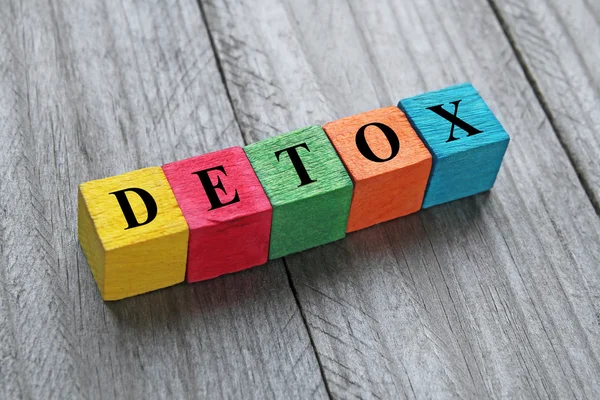
1. The “Detox” Cleanse Myth
Juice cleanses, detox teas, and “system flushes” claim to cleanse your body of toxins but your body already has its own built-in, highly efficient detox system: liver, kidneys, skin, lungs, and digestive tract. As pointed out in recent analysis, drinking alkaline water or special mixtures won’t bypass your stomach acid or alter your blood pH. Moreover, overcleansing can compromise your gut microbiome.
Registered dietitians caution that detox marketing frequently employs fear-mongering terminology such as “toxic” with no basis. Unless your organs are dysfunctional, they’re doing all the cleaning you require no expensive juice-of-the-month subscription necessary.
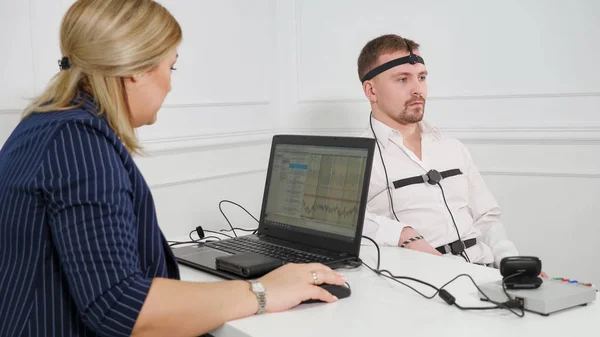
2. Lie Detectors as Truth Machines
Polygraph tests have been glamorized in crime shows, but they don’t actually detect lies they measure physiological responses like heart rate and sweating, which can spike for many reasons unrelated to deception. Courts in many countries reject them as evidence because of their unreliability.
Psychologists examining pseudoscience observe that polygraphs are in the “fringe” category: they adopt the trappings of science but have no repeatable, reproducible results. In other words, they’re more adept at generating drama than providing truth.
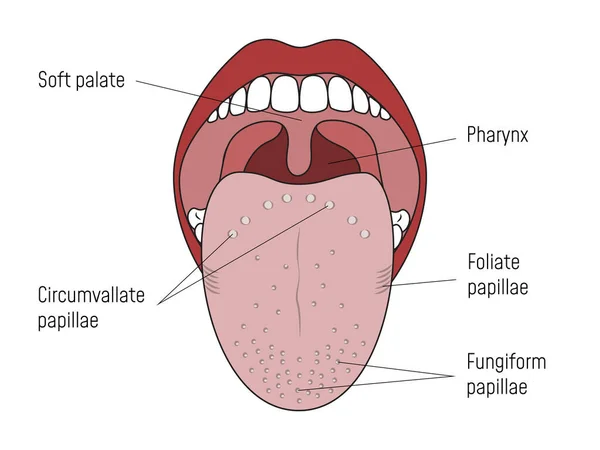
3. The Tongue Taste Map
That pretty diagram with sweet at the front, salty on either side, bitter at the rear? Complete fantasy. Tests have revealed that taste receptors for sweet, salty, sour, bitter, and umami are spread all across the tongue.
The survival of this myth is a prime example of old science lingering in textbooks and popular culture. According to food chemists, although some regions of your tongue might be a little more attuned to certain tastes, your whole tongue can sense all five fundamental flavors.
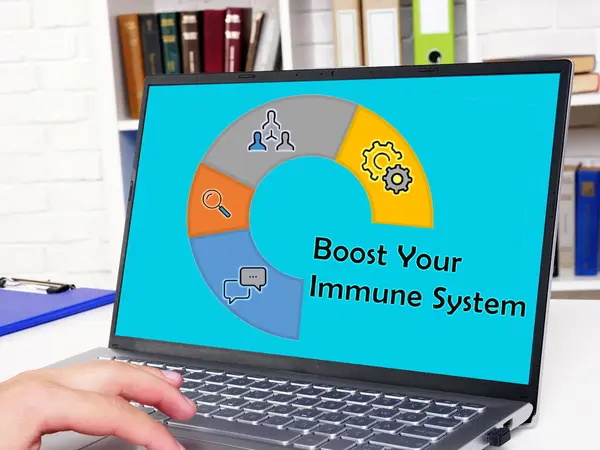
4. “Boosting” Your Immune System
The notion that you can supercharge your immune system into superhero form is a misnomer. Immunologists describe that an overly active immune system isn’t healthy it can lead to autoimmune illness. What you can do is augment immune function with sleep, healthy diet, stress reduction, and vaccines.
According to Dr. Michelle Wong, pseudoscience loves absolutes and fast fixes. “Boost” terminology is attractive but overlooks the complex, balanced state of immune health.

5. Alkaline Water for Healthier Living
Alkaline water supporters insist that it can neutralize your body’s acidity and avoid illness. In the real world, your stomach acid neutralizes it immediately before it has any impact on your blood pH. Numerous peer-reviewed analyses have concluded there is no strong evidence of health gain for the population at large.
Dietitians mark this as a textbook “sounds science-y” statement: it employs chemistry jargon to build credibility, but the mechanism doesn’t actually function in the human body.

6. Pumping and Dumping After Drinking
Numerous breastfeeding parents have been told they need to pump and dump milk after drinking alcohol. But moderate drinking by pediatricians leaves breast milk alcohol concentrations equivalent to that of orange juice trivial and usually okay.
The myth likely persists due to well-meaning caution, but experts emphasize that timing feeds and drinking moderately is a more practical approach than wasting milk unnecessarily.
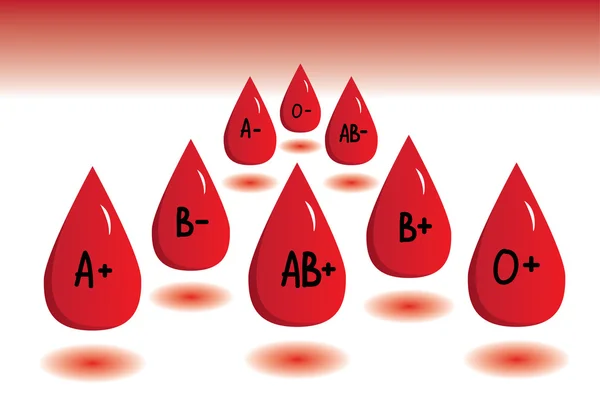
7. Blood Type Horoscopes
Popular in parts of Asia, blood type personality theories claim your ABO type determines traits like optimism or stubbornness. There’s no credible scientific evidence linking blood type to personality.
Scholars classify this with astrology fascinating as it provides identity and belonging, but further a counterintuitive pseudoscience that is transmitted through cultural diffusion, rather than data.

8. “Feed a Cold, Starve a Fever”
It is popular to think you should eat with a cold and not eat with a fever. Reality is that your body requires sufficient calories and fluids to overcome any infection. Avoiding food when ill can delay recovery.
Medical opinion currently suggests heeding your appetite but taking in sufficient fluids and nutrients no matter what the illness.
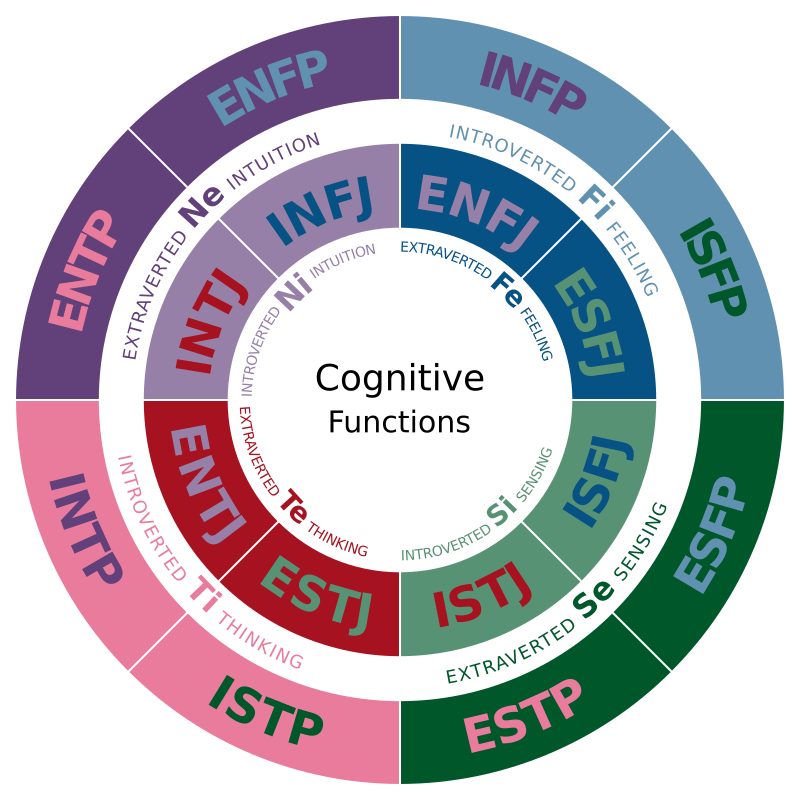
9. Personality Tests Such as Myers-Briggs
The Myers-Briggs Type Indicator is amazingly ubiquitous in workplaces and dating sites, yet psychologists warn that it’s not scientifically tested. Its types are not reliably predictive of behavior, and individuals tend to obtain varying results on subsequent tests. Experts explain its popularity in providing clean, flattering descriptions like horoscopes instead of honest psychological evaluation.
Pseudoscience persists because it’s catchy, reassuring, or validating what we want to think. As Dr. Stea reminds us, our natural desire to shield ourselves and pass along scary news can cause myths to catch on more quickly than facts. The cure? Take your time, verify credentials, and seek out reputable, peer-reviewed evidence before investing literally or otherwise. When you learn the science, you can still appreciate a good yarn… you’ll just know where to shelf it.


